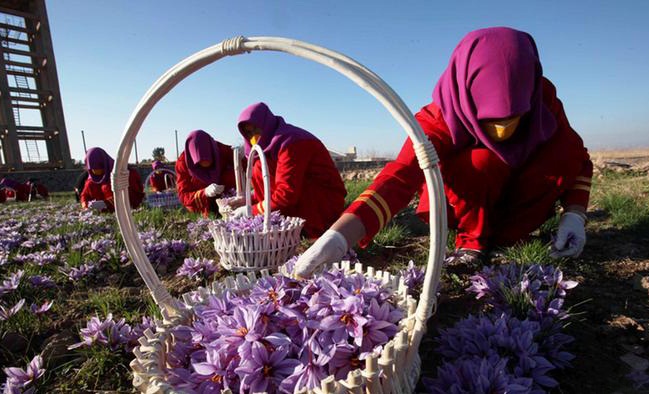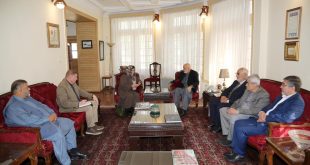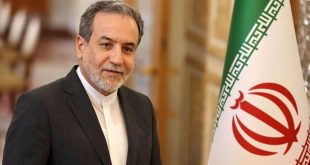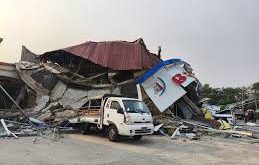Initially let’s put a glance at the history of saffron as recently some reports suggested that the cash crop to Afghanistan came from abroad which is a total falsehood echo. The word saffron goes back as far as 10,000 years. Saffron is said to be derived from the world “Zarparan” in Dari which means a flower with its stigma valued at the same price as gold.
Furthermore, it is pronounced differently in different languages. In Pashto and Arabic it is pronounced as “Zaferan”, in Farsi and Turkish it pronounce as “Zefrun”, and in English, saffron. Experts say that saffron has been growing in Afghanistan, especially in Herat province for the past 2,000 years. Over the past 80 years, saffron was grown in Afghanistan mainly for agricultural trials.
During civil war there was no saffron cultivation, but after the collapse of the Taliban regime and establishment of demarcate government, local farmers resumed saffron cultivations. Today saffron is grown in over 30 provinces throughout Afghanistan and employs over 1,300 farmers with extended families. The National Unity Government (NUG) is looking to increase saffron production to 14 tons in the next five years. Spokesman for Ministry of Agriculture, Irrigation and Livestock Lotfullah Rashed recently said that the ministry will spare no efforts to increase saffron production in the country. He said that Afghanistan has the capacity of producing 70 tons of saffron annually, to generate $200 million. Saffron can be a major source of income for Afghan farmers. Economically, if each family had half an acre or one acre of land for saffron, Afghanistan would be saved from poverty.
Currently, the price of a kilogram of Afghan saffron in the global markets is around $2,000.
It is worth mentioning that International Taste and Quality Institute at Brussels, Belgium in the year 2015 has once again named Afghanistan’s saffron the best in the world, after sampling some 300 samples. That was the third year that the institute has awarded Afghanistan the prestigious status, which came in the form of a three star certificate.
Of course the credit goes to the Afghan farmers who have harvested this quality product in the hard circumstances and fewer possibilities in Afghanistan.
The government should pay serious heed and provide all facilities to the farmers in order not to lose its first position in the global market. It is a huge responsibility on the government’s shoulders as well as farmers to clinch the best saffron award of 2016 for the fourth time.
 Afghanistan Times
Afghanistan Times




